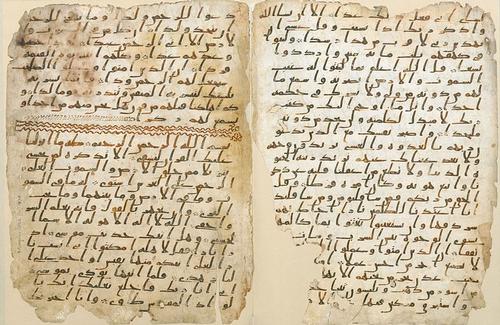SYRIA
Population

Population
Cities in SYRIA
| Damascus |
Population
Syria has a population of 24 million (2044). The population density is about 140 inhabitants per square kilometre.
- Natural population growth is unclear due to the civil war. (2024)
- Birth rate per 1000 inhabitants is 21.7 (2024)
- Mortality rate per 1000 inhabitants is 4 (2024)
- Life expectancy is 74.8 years. (men 73.4 and women 76.4 years (2024)
- The population is predominantly Arab. There are also Kurdish and Armenian minorities
Language
Arabic is the official language of Syria. Kurdish, Armenian, Turkish, Aramaic, French and some English are also spoken.
Some pronunciation rules of Arabic:
- -all letters are pronounced
- -a "means that a letter is spoken very briefly
- -de r is a rolling r
- -de y is pronounced sj
- -de sh is pronounced sj
- -the gh is pronounced as a brew-r or French r
- -the kh is pronounced like a hard g
- -de ou is pronounced oe
There is no fixed spelling for Arabic words. The names are written as they are pronounced. So Aqaba can be spelled just as well as Aqaba.
The Arabic script is written from right to left and consists of 28 consonants. Vowels are not written, which results in different Latin spellings for one and the same word. Arabic numerals are written from left to right.
Some words:
| English | Arabic |
| One | wahed, female: wahda |
| Two | etnen |
| Three | talata |
| Ten | ‘ashra |
| Hundred | meyya |
| Thousand | ‘alf |
| Sunday | yom el had |
| Woednesday | yom el ’arba’ |
| Yes | ‘aywa |
| No | la’ |
| Summer | sef |
| Winter | sheta |
| Where is the hotel? | fen el fondok? |
| What time is it? | essa’a kam? |
| What is your name? | ‘esm-ak ‘ak? (man) |
| What is your name? | ‘esm-ek ‘eh? (woman) |
| Do you have change? | ‘andokom fakka? |
Religion
Most Syrians adhere to the Sunni variant of Islam (70%). The rest of the population is Shiite, Alawite or Christian.
 Quran in Arabic scriptPhoto: Public domain
Quran in Arabic scriptPhoto: Public domain
The actions and words of the Prophet Muhammad caused Islam to spread rapidly in the 7th century in the Arabian Peninsula. Mohammed is said to have been visited by the archangel Gabriel, who solemnly read to him the holy word of Allah (God). These words of Allah were put in writing and we now know that as the Quran. Mohammed was the last of a series of prophets, including Adam, Noah, Abraham, Moses, and Jesus, who had been sent to earth by Allah. The words of Muhammad thus took the place of the words of all previous prophets and the Quran also states how the people should live. Muhammad's message spread rapidly, eventually reaching the Atlantic coast in the west and the outlying islands of Indonesia, the largest Muslim country in the world, in the east.
Islam is based on five 'pillars', which should give structure to the daily life of Muslims. The first pillar (shahadah) is the Islamic testimony 'there is no God but Allah and Muhammad is his prophet'. The second pillar (salat) is the duty to pray five times a day in the direction of Mecca. The third pillar (zakat) is the giving of alms, in the United Arab Emirates 10% of the assets are taxed. The fourth pillar (saum) is the fasting month of Ramadan, during which no eating or drinking is allowed between sunrise and sunset. The fifth pillar (hajj) is the pilgrimage to Mecca, which must be accomplished at least once in the life of a Muslim.
The two major schools of Islam are Shia Islam and Sunnism. This dichotomy arose almost immediately after the death of the Prophet Mohammed in 632 AD. and concerns the succession of Mohammed. Sunnis believe that Muhammad had not appointed a successor and therefore made their own choice between Muhammad's two fathers-in-law, and the choice fell on Abu Bakr, the father of Muhammad's favorite wife Aishah. Shites believe that Muhammad had indeed appointed a successor, namely Muhammad's husband daughter Fatima, and thus his son-in-law, Ali ibn Abi Talib. Ali was murdered and his followers demanded that his descendants succeed him. According to the Sunnis, anyone can become a leader of the Muslim world if he sees to the proper exercise and interpretation of the rules of Islam.
Sources
Elmar Landeninformatie
CIA - World Factbook
BBC - Country Profiles
Copyright: Team The World of Info